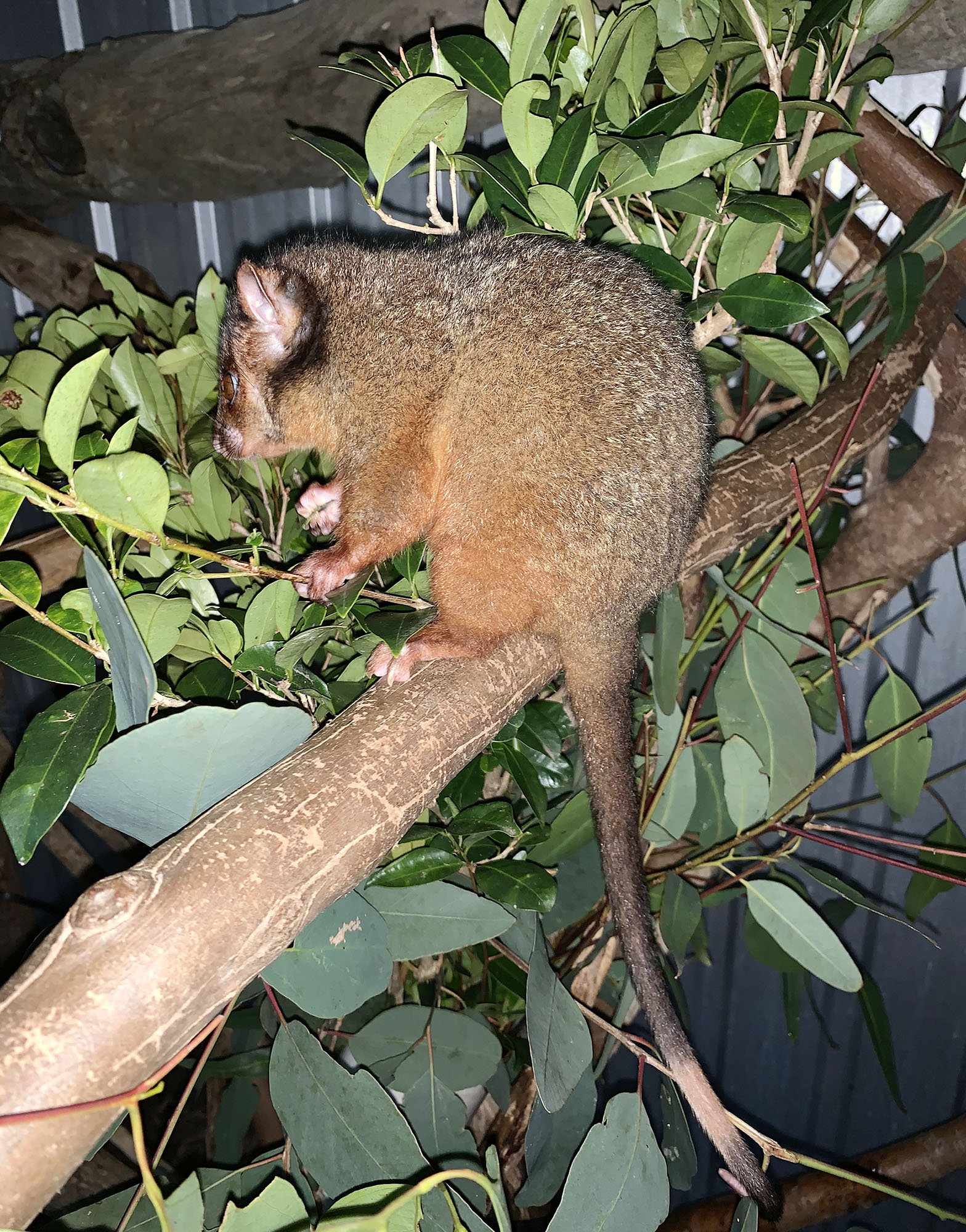The Common Ringtail
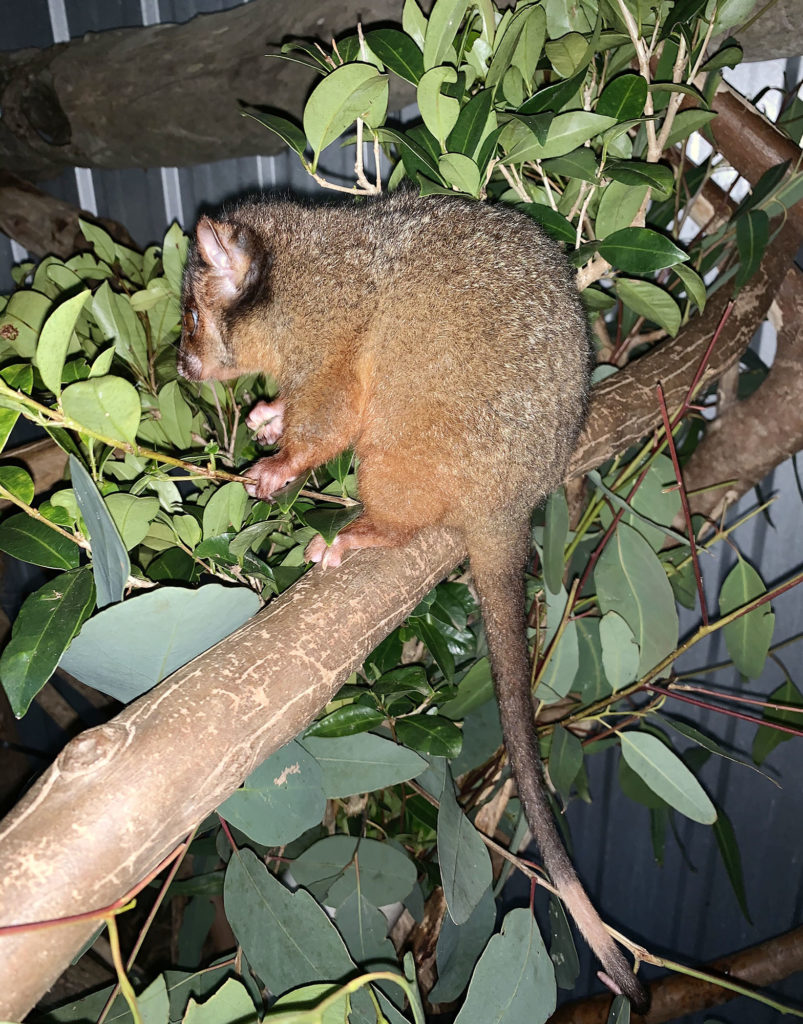
Did you know we have three of the four species of possum found in Queensland in our locale? Do you know what they are? They are all vastly different species, and some are quite unique. In Southern Queensland, they are also smaller than their southern cousins. So, they are a bit different.
Let’s start with my personal favourite – the Common Ringtail.
Despite their name, Ringtails are not common. There is a small group found on Tamborine Mountain, at Springbrook, Tallebudgera Valley and quite a few adults and babies come into care from the Tugun area, where there is extreme pressure on their habitat from development.
They are a small possum weighing up to 1.5 kg. They have a reddish-brown fur and a smooth tapered tail with a white tip. Their lifespan is four to five years in the wild. They are a nocturnal marsupial (mammal with a pouch for young) and live in family groups.
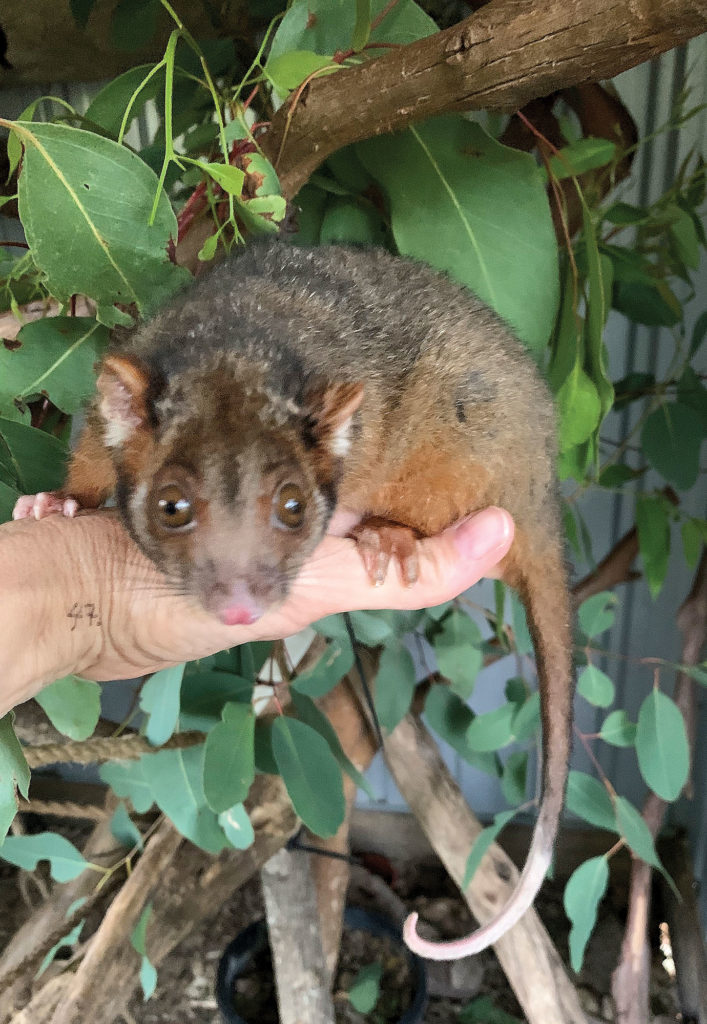
Ringtails live in tropical or temperate areas in dense brush forest. They are arboreal and suffer from loss of habitat as they adapt poorly to new environments. They make a nest in trees, which we call a drey, and looks like a hollow ball of leaves and twigs. They rarely come to ground, preferring to stay in the relative safety of the bush.
Offspring are produced twice a year and twins are common, but mum can have up to four babies in her pouch. The unfurred bubs have dark brown skin and the furred bubs look like little teddy bears. When the emerge from the pouch, they back ride on mum for a bit while learning the territory and what to eat. At this stage they can fall off easily and a few come into care when found alone with mum nowhere in sight.
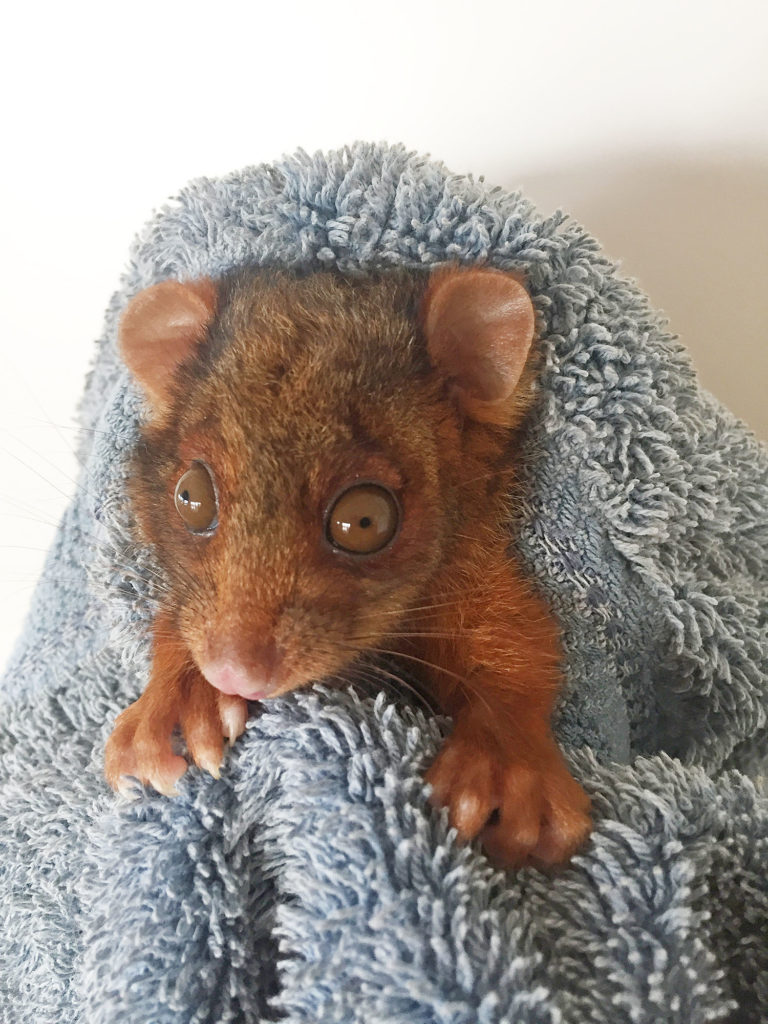
Diet – the gut of a Ringtail is similar to a Koala, as they also eat gum leaves which requires a very specialised digestive system including a very long caecum to digest the leaf. They also like to eat Lilli pili leaves but do not tolerate other foods, especially fruit, which can lead to bloat and ultimately death.
So, please do not feed Ringtail if you have them but consider planting some Lilli Pilli.
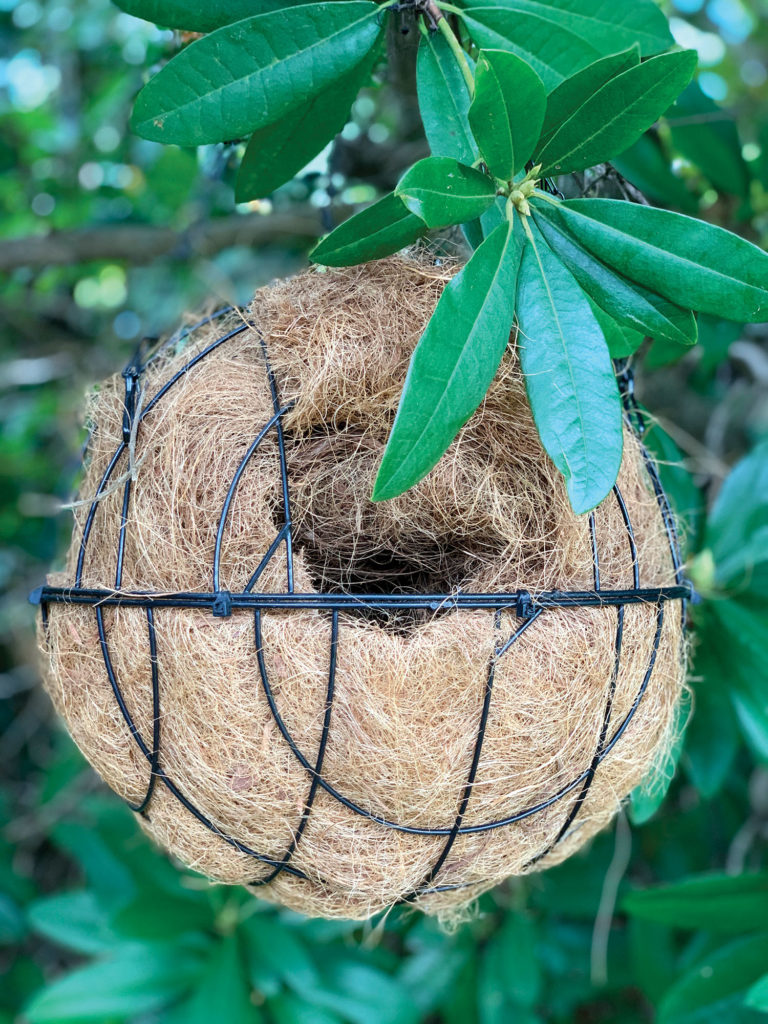
A fun activity (especially with the kids home) is to make a drey by placing two hanging baskets together and securing with cable ties and cutting a hole for entry and exit.
Dangers to these little guys include dog and cat attack, rat bait and vehicle strike. They are also a favourite of Pythons and Powerful Owls for prey.
You can find more information, including instructions for making dreys at www.wildcare.org.au.
For help with any wildlife please call:
Wildcare 07 5527 2444 or RSPCA 1300 ANIMAL
Koala Tree Information www.goldcoastcity.com.au/koala
By Sherryn Fraser (Qualified Vet Nurse)
Registered Wildlife Rescuer and Rehabilitator
